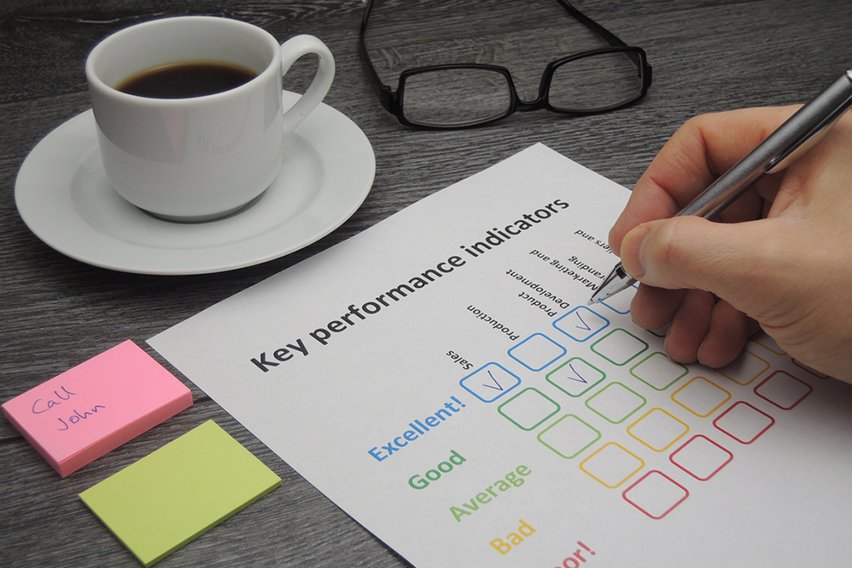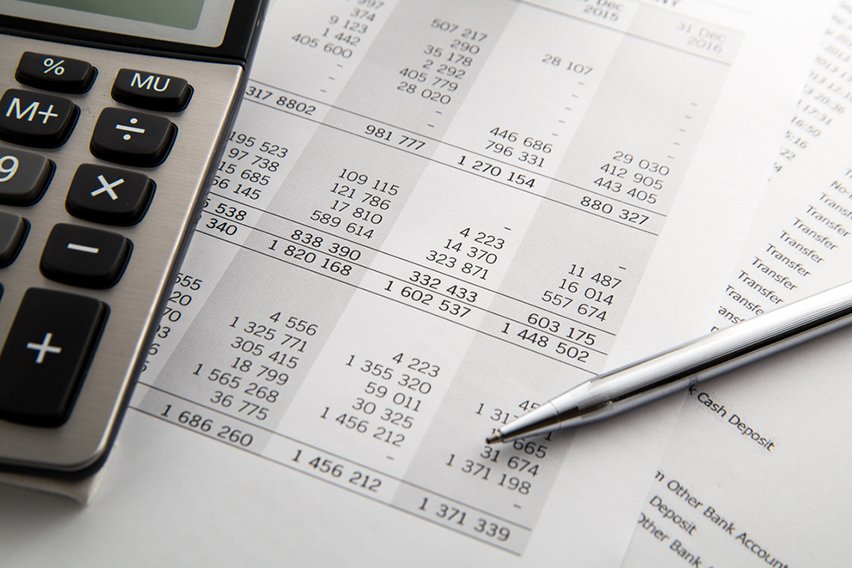What Is Agile Estimation & 9 Techniques

Project management is a tough skill to learn.
When you’re working on an agile project, there are a hundred and one things to do at any given moment and the list just keeps on growing. Sometimes it can feel as if you’re taking one step forwards and two steps back.
Whenever you have a backlog of tasks to do, it’s important to not just dive in. Instead, it’s a good idea to look at your list and prioritise important tasks that need to be addressed first. You should then be able to get a decent idea of how long each task will take.
Once this has been done, you can come up with an estimation of how much effort it will take for you to complete that task. Not only that, but you’ll also have to find a way to get your whole team behind the decision.
That’s where agile estimation comes into play.
But what exactly is agile estimation? We’ll take a closer look at the definition. We’ll also provide you with 9 of the best agile estimation techniques so that you can improve your team’s working habits.
Here’s What We’ll Cover:
What Are the Best 9 Techniques for Agile Estimation?
What Is Agile Estimation?
Agile estimation is the process of estimating the effort that is required to complete a prioritised task. When we say effort, this is usually measured in respect to the time it will take to complete that task.
Making estimates is helpful in all walks of business. It helps us to sketch a rough idea of what the future may look like in a number of different aspects. For example, they help us budget resources, then help us plan out schedules and they help us to meet deadlines.
Even if your initial estimate is off track, you can still find value. This would be in the process of getting on the same page about the project with your team and with your client.

Why Use Agile Estimation?
Agile estimation is a great way to get a team on the same page. It is essential for:
- Making teams accountable for deliverables
- Increasing a teams discipline
- Predicting the approximate amount of time it will take to complete a project
- Improving team productivity
Now let’s take a look at some of the best techniques that can be used for agile estimation.
What Are the Best 9 Techniques for Agile Estimation?
1. The Three-Point Estimate
Estimates can be inaccurate – but this can be a problem when you’re committing to an estimate before the work begins.
If it’s work that you’re familiar with, you can fall into the trap of thinking that you’ve been there and done that before. So you think that you know exactly what it’ll take to complete it.
Each job is different and comes with a new set of challenges, so it can be risky to embrace this mindset.
A three-point estimate is a way to spread out your options. You provide three values:
- The most likely estimate
- The optimistic estimate
- The pessimistic estimate
From here, you can get a more accurate estimate by adding up the value of these three, then dividing it by three.
So for example, let’s say you’re a carpenter and you’re estimating the time it will take to build a fence. You’ll take your three estimates:
- Likely: 36 hours
- Optimistic: 24 hours
- Pessimistic: 72 hours
To get a more accurate rough estimate, you’d add these together then divide by the value:
Estimate = (36 + 24 + 72)3 =44 hours
2. Planning Poker
Planning poker is a form of sprint planning. It’s a useful technique that is perfect for teams. This is best for a smaller number of items that have to be decided upon.
Each member gets a set of specially numbered cards. You then discuss the requirements for the item, then everyone submits their best estimate anonymously.
Once the amounts have been revealed, you can have a healthy discussion until a consensus is reached.
3. Ordering Protocol
This technique is perfect for coming to an agreement on prioritising.
You first lay out each item in order from low to high. Each member of the team then takes a turn, either choosing to move an item up or down one spot.
Once everyone has had a turn, you discuss each item. After the discussion, each person has another round of either moving an item, or passing.
The process is complete once everyone has passed on their turn and you’re left with your prioritized list.
4. Affinity Grouping
Affinity grouping is an estimation method that works by having each team member group up similar items. So if a task seems related to another task in terms of scope and effort, you put them together. Do this until you have a clear set of groups.
You can decide on what the criteria for each group is. Whether that be a broad criteria or specific.
Once you have your groups, you can then work on each group individually.
5. T-Shirt Grouping
Instead of looking at each item in terms of effort or time, it can be helpful to use a different measuring tool.
T-shirt grouping is putting items into either XS, S, M, L, or XL.
This agile estimating technique is a departure from standard units of time and has been proven to help teams think in a more critical manner.
It doesn’t have to be T-shirt sizes, your units could be anything. As long as they are not numerical or similar to time.
6. Bucketing
In a similar vein to planning poker, the bucketing technique aims for an agreement through discussion and by assigning values to each task.
One person will start with the first task and set it in the middle, which will act as the first bucket. They will then continue to read and place each task in buckets relative to the first one.
The team can divide up the tasks and bucket them, before regrouping and reviewing.
Discussion is important here to make sure that everyone agrees before the final estimates are set. It’s also important that the tasks are evenly distributed and not predominantly under one or two buckets.
7. Large, Small, Undecided
This is similar to Bucketing but faster, simpler and just as productive. The main difference is that there are only three possible values that you can assign.
This starts out with a discussion amongst the team. You will then divide into smaller groups to get all of the tasks assigned to either the large (lots of time and effort), small (less time and effort) or undecided groups.
Once this has been done, you reconvene and as a group try to come to an agreement on the undecided tasks.

8. Dot Voting
Dot voting is a fairly simple endeavour. Each member of the group gets an even number of dots. These dots will act as ‘votes’.
Around the room, you will have placed your tasks. Your team will then use their dots to vote on which projects should be considered big, and which should be considered small.
The more dots that are placed means more time and effort is required. The fewer dots there are on a task indicate that it is a straightforward and quick task to complete.
What you’ll be left with after the estimation process is a development team estimate that takes everyone’s opinion into account.
9. 16-Hour Flour Sieving
This technique gets its name from baking. Almost every cake will have flour in it. And before you add flour to the mixing bowl, it needs to be sieved so that there aren’t any large lumps of baked flour in the finished cake.
So this technique runs in a similar vein, you will sieve out the big pieces and break them down into smaller pieces.
This technique helps you and your team to identify large parts early on, then break them down into a number of smaller, more manageable pieces. It’s perfect for sifting through a large product backlog and isolating what needs to be broken down, and what can be actioned upon right away.
The way to identify bigger pieces is the 16-hour rule. If your project team thinks that a task will take more than 16 hours to complete, then it can be identified as a big task.
Once you’ve gone through each item, you can discuss the best way to break them down. This is so that they fit below the maximum allowable size and will take less than 16 hours to complete.
Key Takeaways
Agile estimation is a great project estimation tool to use with agile teams. It can be a fun way to discuss complicated topics and leave the entire team on the same page, and feeling like they’ve been heard.
Are you looking for more business advice on everything from starting a new business to new business practices?
Then check out the FreshBooks Resource Hub.
RELATED ARTICLES

 How to Make GST Adjustments?
How to Make GST Adjustments? 13 Important Sales KPIs Every Team Should Measure
13 Important Sales KPIs Every Team Should Measure What Is Off-Balance Sheet Financing? Definition & Example
What Is Off-Balance Sheet Financing? Definition & Example What Is Demand-Pull Inflation? Definition & Examples
What Is Demand-Pull Inflation? Definition & Examples What Should You Charge for House Cleaning in Australia?
What Should You Charge for House Cleaning in Australia? 6 Steps for Estimating a Painting Job in Australia
6 Steps for Estimating a Painting Job in Australia